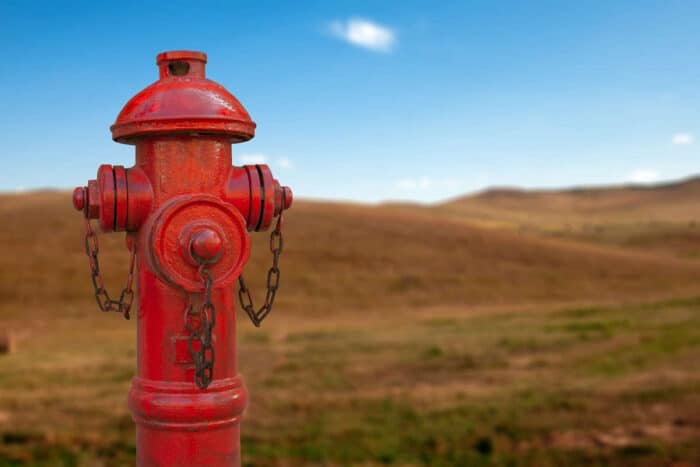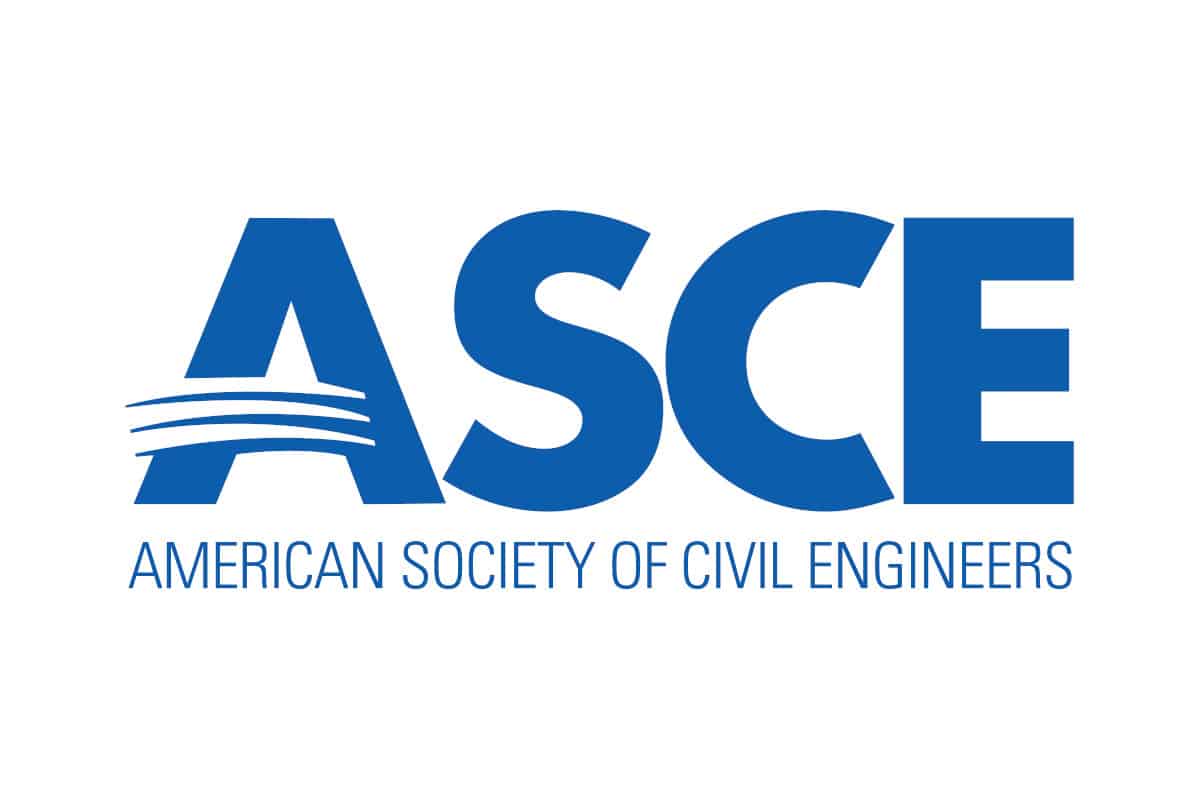Understanding the Critical Role of Underground Utilities in Fire Safety and Response Efficiency

By Oscar Collins
Water, gas and electricity lines are essential to modern life, but some utilities can pose a fire safety risk. Learn how they affect wildfires and help response teams.
You’ll know how your industry can improve the quality of life for everyone in a given region and which barriers may hold your team back from providing those local benefits.
Fires Are More Manageable With Underground Utility Maps
When firefighters arrive at an active burn, one of their first steps is locating the property’s utilities. Electrical issues cause an estimated 51,000 house fires annually, which require shutting off the breaker box. First responders can’t break through walls or floors without trusting that the energy fueling the inferno is off.
Underground power lines could electrocute firefighters or set another part of a structure ablaze if the responding team can’t locate them. Updated diagrams are essential forms of communication between utility professionals and firehouses.
Gas pipelines also pose a significant risk. They may rupture during emergencies for various reasons, such as flames reaching the gas line while first responders fight the active burn in a location across the building. If they have a subterranean utility map of the premises, they can better address the situation according to the utilities presenting the biggest safety concerns.
Mapping also allows firefighters to utilize water supply systems. They may not know where to access a structure’s outdoor faucet or sprinkler system. If they arrive with a pumper-tanker, the truck can hold over 3,000 gallons of water and might not need a backup supply, but it’s always beneficial to know where the water lines are if something goes wrong.
Telecommunication cables are the final underground utility vital for fire response efficiency. First responders may accidentally cut through those cables while accessing a building, which might stop anyone trapped inside from staying on the line with 911. Collaboration between utility contractors and fire authorities is critical to saving lives, regardless of which belowground utilities are beneath an active burn.
Technology Plays a Foundational Role In Underground Utility Location
Utility industries change rapidly to try to meet every customer’s needs, which means you must keep up with the changes using the latest technologies. Some professional teams may not have the necessary tech to provide comprehensive mapping for local fire and rescue experts. Consider whether your team has advanced tools such as:
- Geographic information system mapping: These software systems consolidate local utility data to create layered diagrams of any region. The layouts update alongside new data points and have remote access for firefighters, so it’s a vital resource for contractors to update.
- Geophysical surveys: These are surveys of a property or area using common resources like electromagnetic induction, ground-penetrating radar and radio frequency locators to give first responders the most relevant locations of underground utilities.
- Electromagnetic locating tools: Utility contractors can use this equipment to ping a conductive or magnetic line and follow it across a lot or building.
Providing detailed layouts of any premises makes it easier for firefighters to resolve active burns quickly. If they know where to find the power line connected to standard J1772 charging plugs for electric cars or gas lines leading to a second-story stove, first responders can address the utilities potentially feeding the flames and resolve it faster.
Barriers Preventing Utility Professionals from Undergrounding
Installing more utilities below ground could improve fire safety for communities. Experts note putting power lines underground reduces their risk of igniting wildfires by approximately 98%, which is significant for any vulnerable region. However, you might not see these projects happening where you work for multiple reasons.
Cost is a significant barrier to undergrounding. Burying an electric cable averages between $350-$1,150 per foot and often extends for miles. Power companies may not want to pay such high fees. Pushing the costs onto consumers by raising their rates can also create pushback, as people don’t appreciate paying higher monthly electricity bills.
Jurisdiction complications can also arise. Utility corridors may extend through more than one jurisdiction, so installing a subterranean power, communication or water line could involve contacting multiple commissioner agencies. Differences of opinion may halt projects altogether.
You could also see a lack of utility burying if you live near federal lands. When teams need to install utilities on federal property, extensive government reviews are necessary. Even if those overseeing the review procedures agree undergrounding would benefit the community’s fire risk, the processes might move more slowly than anyone anticipated.
While multiple factors may hold power entities from installing subterranean lines, communication improvements can still boost fire safety and response efficiency. Contractors can prepare diagrams, organize saved files and maintain regular contact with surrounding fire departments to upgrade efficiency while undergrounding projects remain possibilities.
Improve Community Safety With Underground Utility Transparency
Technology adoption and community collaboration are the most effective ways for utility professionals and firefighters to make everyone safer. If local fire stations have up-to-date data, any effort that helps your team create more accurate maps could prevent fires or resolve them faster.
Oscar Collins is the editor-in-chief at Modded. He’s written for sites like Contractor and StartupNation. Follow him on Twitter at @TModded for frequent updates on his work.




